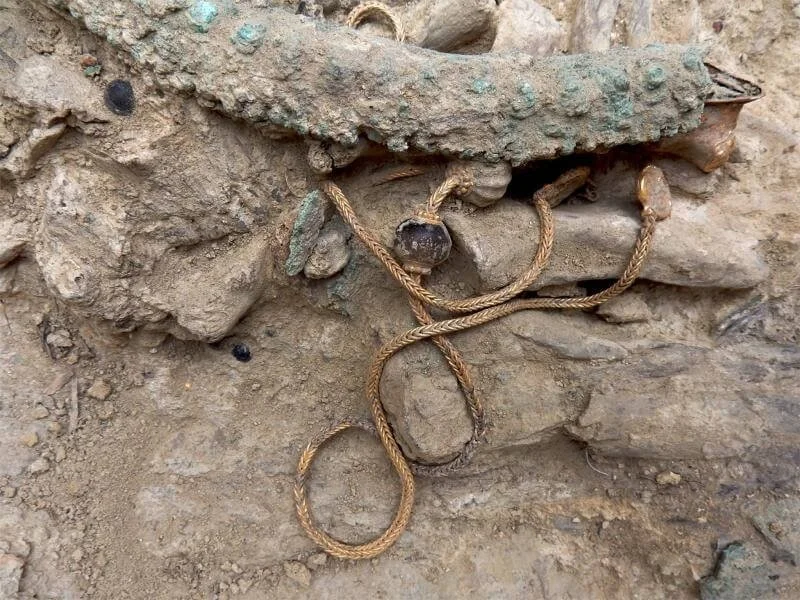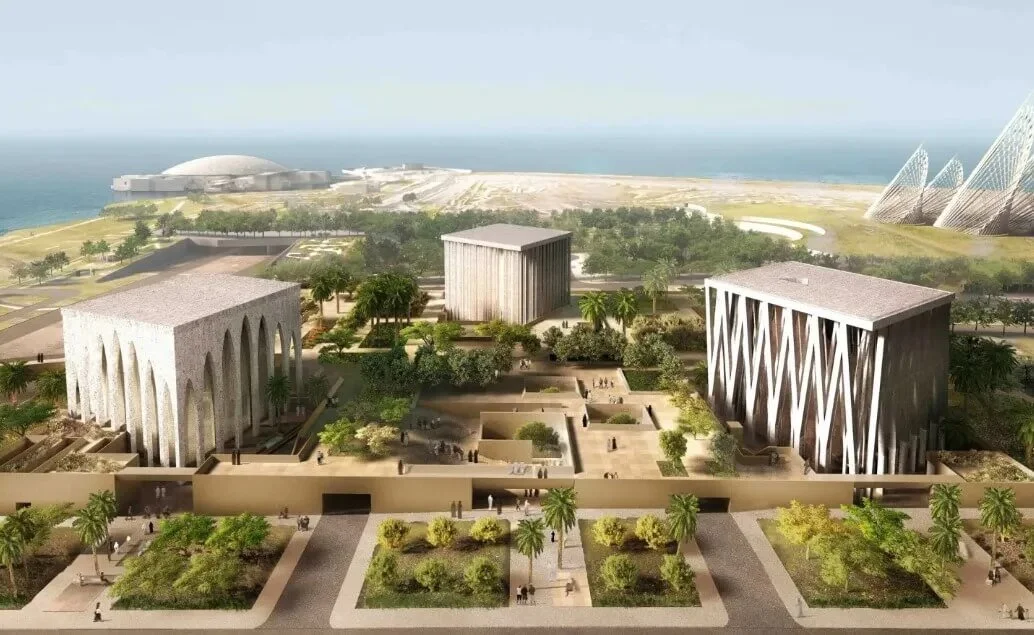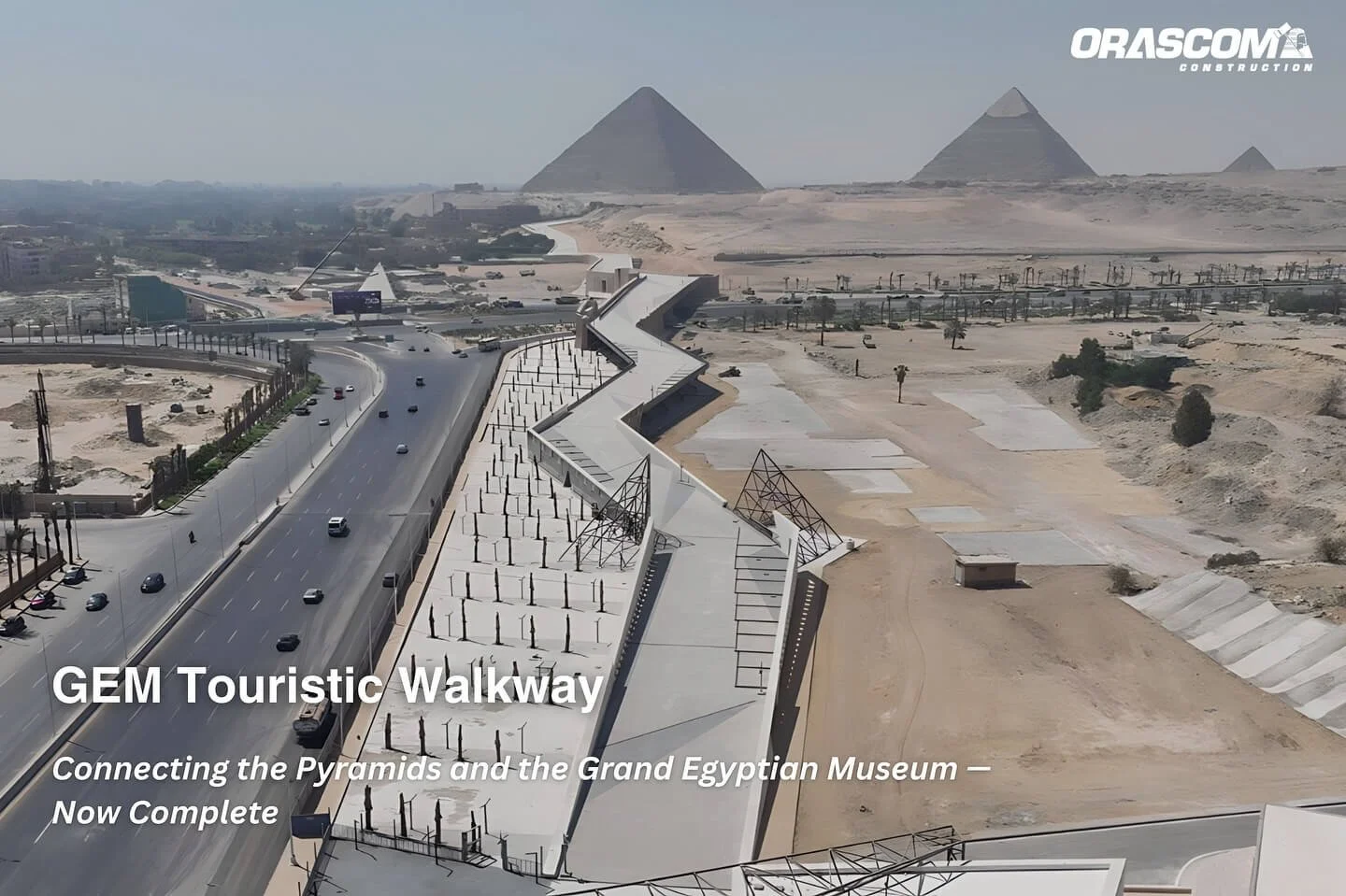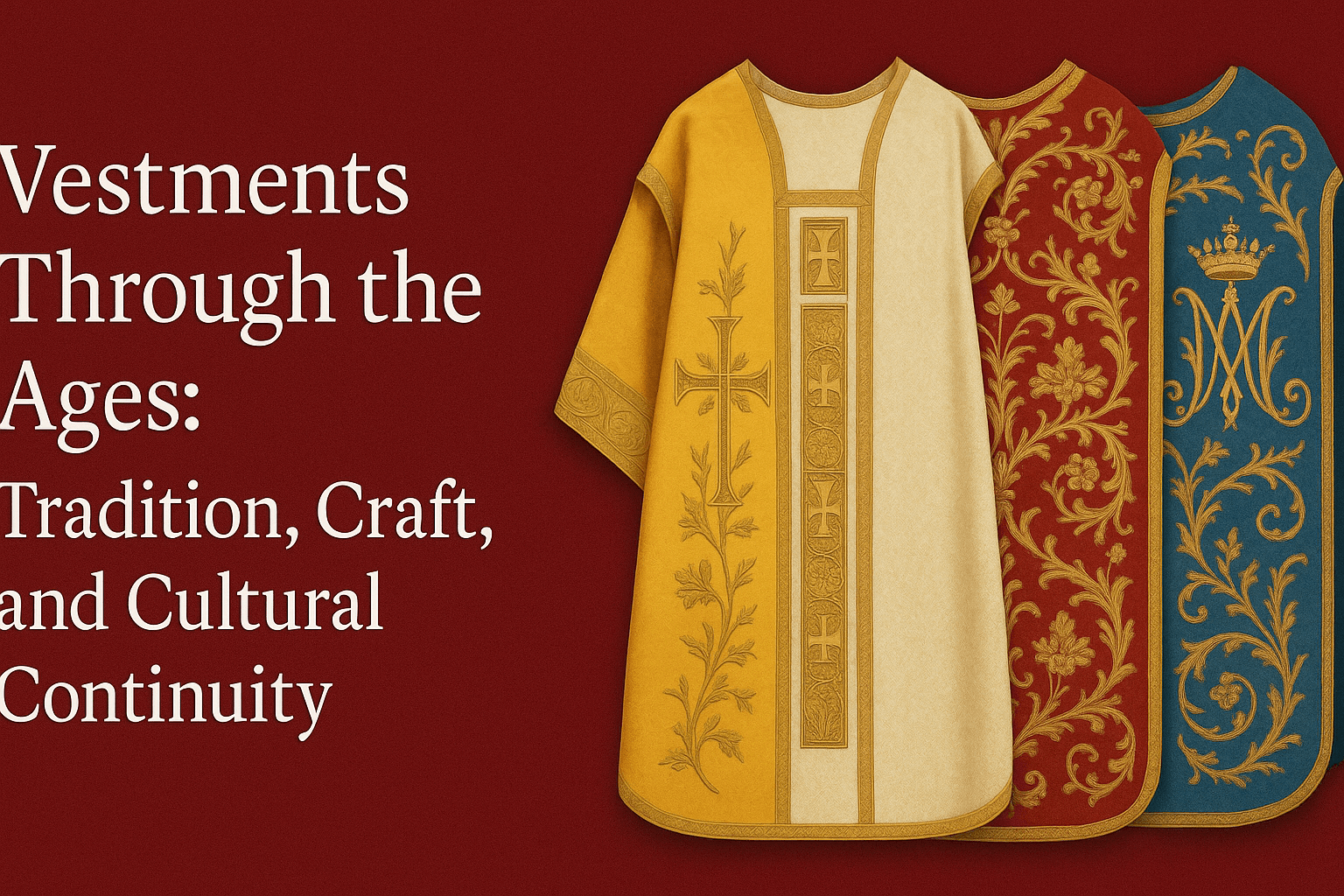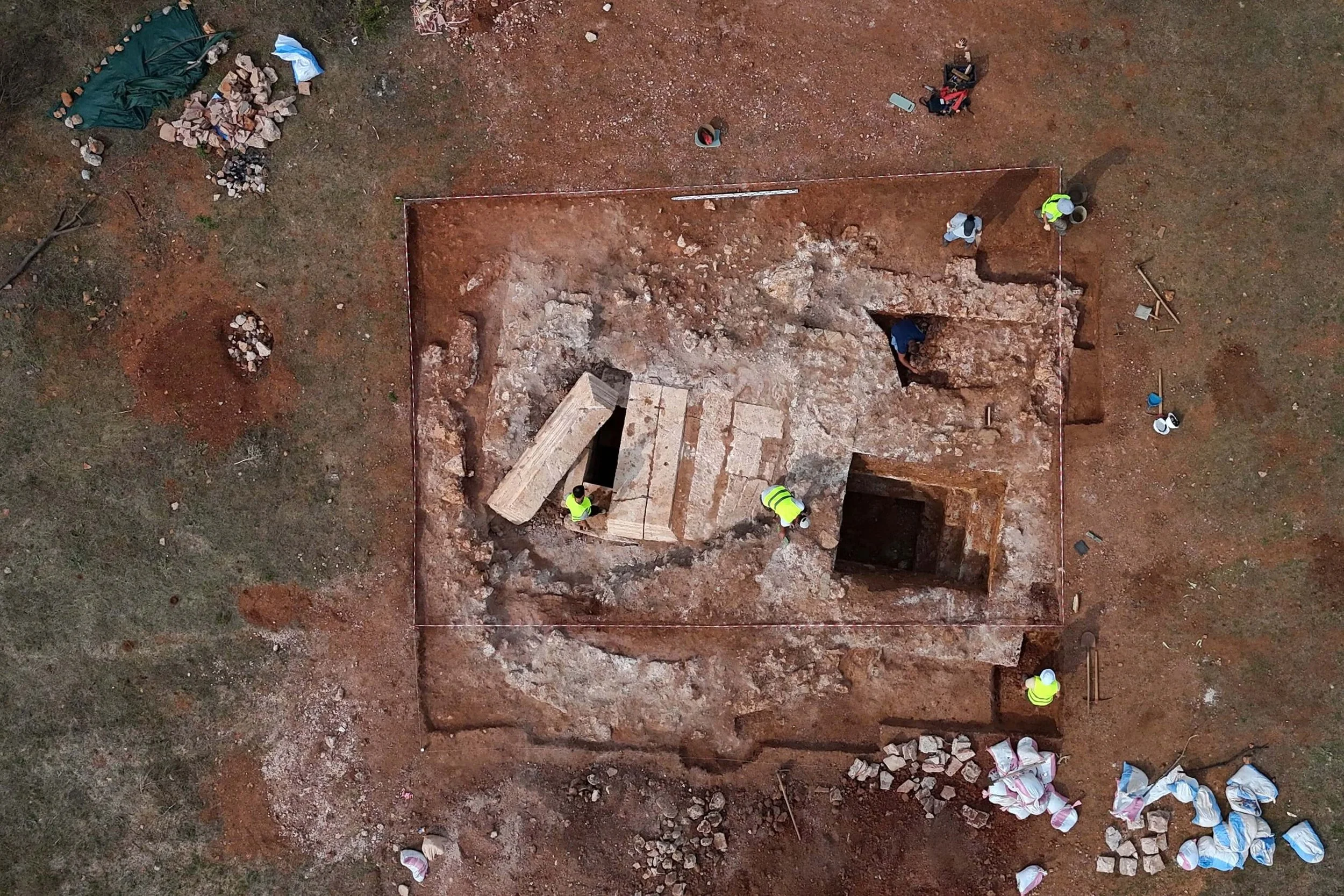A groundbreaking analysis of genomic data suggests that the ability for human language may have emerged at least 135,000 years ago—placing its origins deep in the history of Homo sapiens. This study, recently published in Frontiers in Psychology, provides fresh insights into the age-old question: when did humans develop the capacity for communication as we know it today?
Genetic Clues to the Emergence of Language
Led by MIT professor emeritus Shigeru Miyagawa, the study analyzed 15 genetic studies conducted over the past 18 years. These studies, which examined Y chromosome, mitochondrial DNA, and whole-genome data, point to a key event in human history: the initial regional branching of human populations around 135,000 years ago. According to the researchers, this divergence strongly suggests that language capacity was already present by that time.
“The logic is very simple,” explains Miyagawa. “Every population across the world has human language, and all languages are related. The first major split among humans occurred around 135,000 years ago, so we can infer that language must have existed by then—or even earlier.”
The researchers argue that since all modern human languages share a common origin, the timing of early human migration and divergence offers a crucial clue about when language emerged. By examining genetic variations among different populations, they were able to estimate when Homo sapiens was still a single, undivided group.
Symbolic Thinking and the Archaeological Record
Genomic evidence is not the only factor pointing to early language development. The study also considered archaeological findings that indicate symbolic behavior—an ability closely linked to language—appeared around 100,000 years ago. These behaviors include meaningful engravings on objects and the use of fire to produce ochre, a pigment often associated with symbolic or ritualistic use.
“Symbolic thinking is one of the hallmarks of language,” the study notes. “The appearance of consistent symbolic activity in the archaeological record of Homo sapiens strongly suggests the presence of language.”
Ian Tattersall, co-author and curator emeritus of human origins at the American Museum of Natural History, has long supported the idea that language was a catalyst for advanced cognitive abilities. “Language was the ignition for symbolic thinking and other organized activities,” he explains. Miyagawa adds, “Once language took hold, it likely stimulated human thought processes and fostered cultural and technological innovations.”
A Debate on the Evolution of Language
Despite the compelling evidence, not all scholars agree with this interpretation. Some suggest that new behaviors emerged gradually, with language playing a supporting role rather than being the central driving force. Others propose that early forms of communication may have existed before fully developed language, with cognitive advancements occurring in stages.
Miyagawa acknowledges these debates but emphasizes the empirical foundation of their approach. “Our research is grounded in the latest genetic data on early Homo sapiens,” he says. “I hope this study will encourage further exploration of the relationship between language and human evolution.”
Language: A Cognitive and Communication System
The research also explores the distinction between language as a cognitive system and as a means of communication. “Language serves both functions,” Miyagawa explains. “It likely began as a private cognitive tool, helping early humans process thoughts, and then evolved into a communication system.”
Advancing Our Understanding of Human Origins
The paper, titled Linguistic Capacity Was Present in the Homo Sapiens Population 135 Thousand Years Ago, presents a compelling case for the early emergence of language. By grounding their findings in genomic research, the team has provided a new perspective on one of the most fundamental aspects of human history. While the precise origins of language remain elusive, this study brings us one step closer to understanding how and when our ancestors began to communicate in complex ways.











































